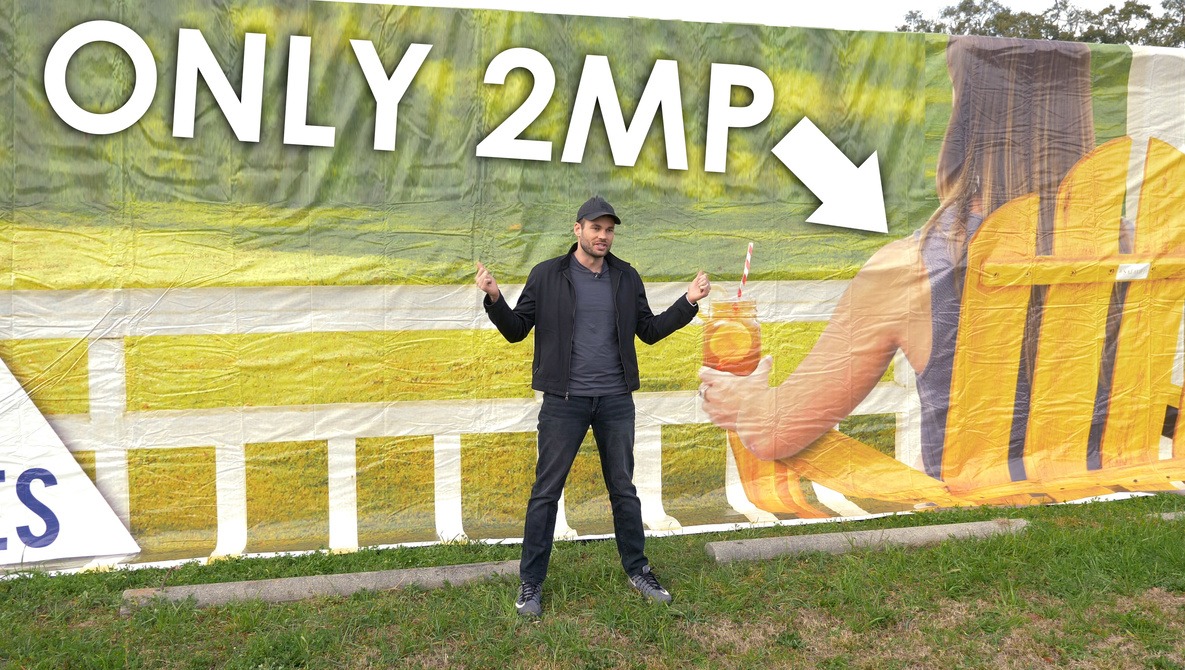- Messages
- 5
- Name
- Paul
- Edit My Images
- Yes
Hi all... Noob here and this is probably a stupid question but.
If 12 megapixels is 4000 x 3000 pixels and a 4k TV is 3840 x 2160 pixels (about 8 megapixels) and the image on my 42" 4k TV is razor sharp, why can I not enlarge a 12 megapixel photo to a print the size of my TV?
Thanks
Regards
If 12 megapixels is 4000 x 3000 pixels and a 4k TV is 3840 x 2160 pixels (about 8 megapixels) and the image on my 42" 4k TV is razor sharp, why can I not enlarge a 12 megapixel photo to a print the size of my TV?
Thanks
Regards
Last edited:



